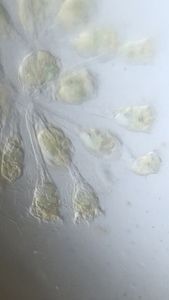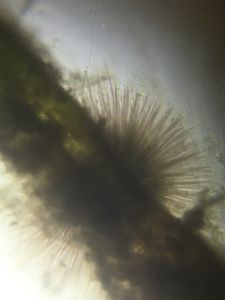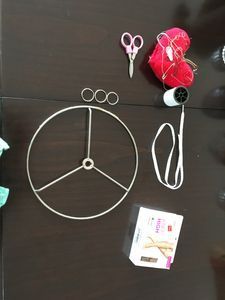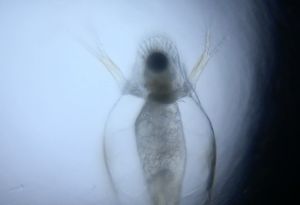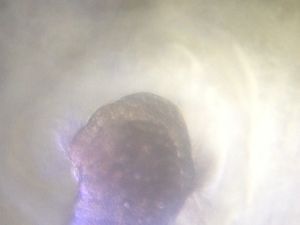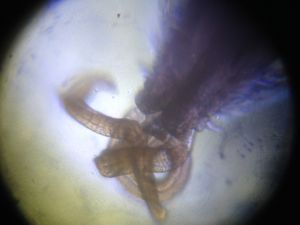The Itch Part One: Things That Fly
 Oct 14, 2015 • 12:49 PM UTC
Oct 14, 2015 • 12:49 PM UTC Unknown Location
Unknown Location 140x Magnification
140x Magnification Microorganisms
Microorganisms
Matthew Rossi
I'm a novelist, essayist, and a writing consultant. I work in the writing centers at Columbia and Baruch University and explore research into the overlap of maker cultures and writing. My work with the Foldscope tends to focus on finding wild creatures in urban spaces and looking at how human works are shaped by the movements of the biosphere.
40posts
105comments
4locations
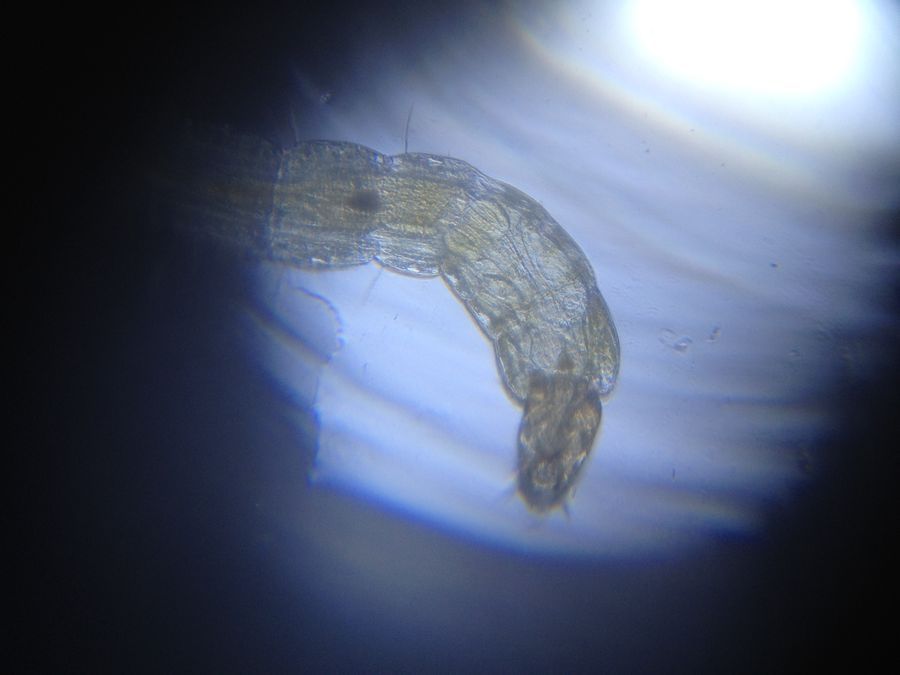
This is the first in what I think will be a series of three posts on things that cause me to itch. I apologize in advance for any sympathetic reactions my readers have.
October in Brooklyn is a strange time for insects, particularly for mosquitoes. While one would expect the shifting seasons to bring their activity down and send them into hibernation, in fact the opposite is true. As if in a last mad scramble to reproduce and move the species forward, the mosquitoes at this time of year become particularly aggressive. Or perhaps it only seems that way when you’re on the biting end of their mouths.
October in Brooklyn is a strange time for insects, particularly for mosquitoes. While one would expect the shifting seasons to bring their activity down and send them into hibernation, in fact the opposite is true. As if in a last mad scramble to reproduce and move the species forward, the mosquitoes at this time of year become particularly aggressive. Or perhaps it only seems that way when you’re on the biting end of their mouths.
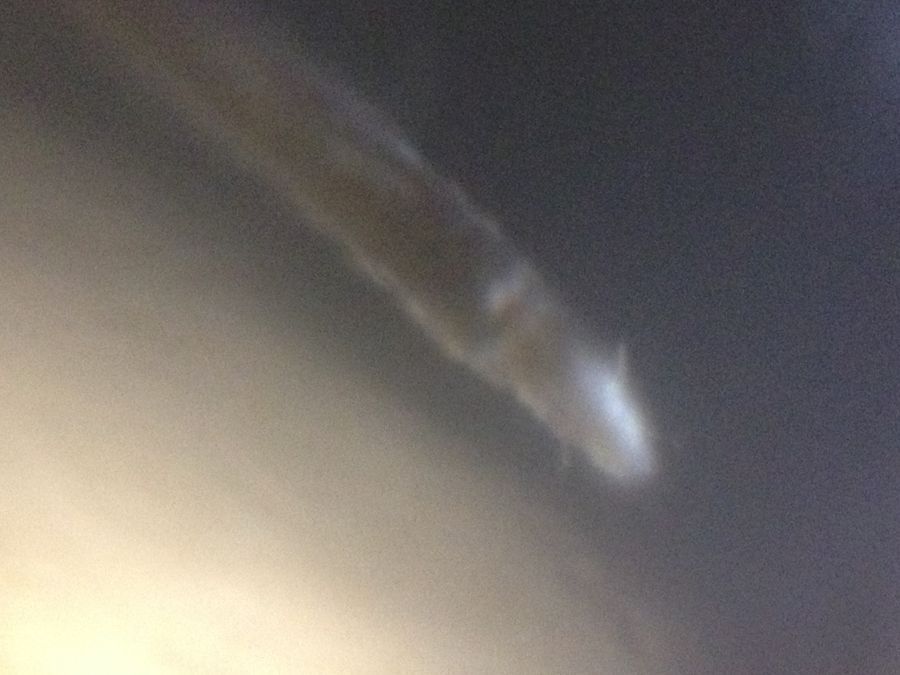
It should be no surprise that at the end of the summer, there is a glut of mosquitoes (though the middle of fall seems late for them, a side effect of an unfortunately warming planet), particularly when I reflect on the searches I made earlier this year. For much of my summer, I sought out samples of water from a nearby creek in the Brooklyn Botanical Garden, collecting copepods and clam shrimp (the subject of a later post), but in each sample I took, no matter how careful I was or how much I tried not to snag them, I found a small side-wriggling mosquito larva.
At different times of the summer, I found them more or less developed, their necks fuzzier or more lion-maned. But always they were present, hanging from the surface tension of the water by their gills, like high-wire artists.


It truly didn’t seem to matter where I looked. I found one in a sample of water from the knot of a tree (in which also, miraculously, lived copepods and other tiny plankton; how did they get there, I wondered, without the benefit of a flying parent to deposit their eggs). Here you can see many of the anatomical structures of the larva, its pulsing muscles, its circulatory system, and its gut most notably.
I am aware of the small role I have played in the natural selection of these creatures. Each one I swat is a mosquito who will not get to use my blood to make her eggs, which means the gene that made her slow enough to be swatted in the first place will also go away. Each time I get rid of one, I make the others stronger. Or so I fear. It is a vicious cycle, one I relive every summer. Eventually (soon, I hope) they will go to sleep for the winter and I can continue with matters of hunting spiders and mantis eggs in peace.
Sign in to commentNobody has commented yet... Share your thoughts with the author and start the discussion!
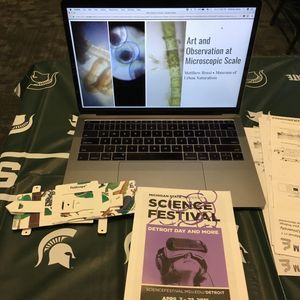
 0 Applause
0 Applause 0 Comments
0 Comments




